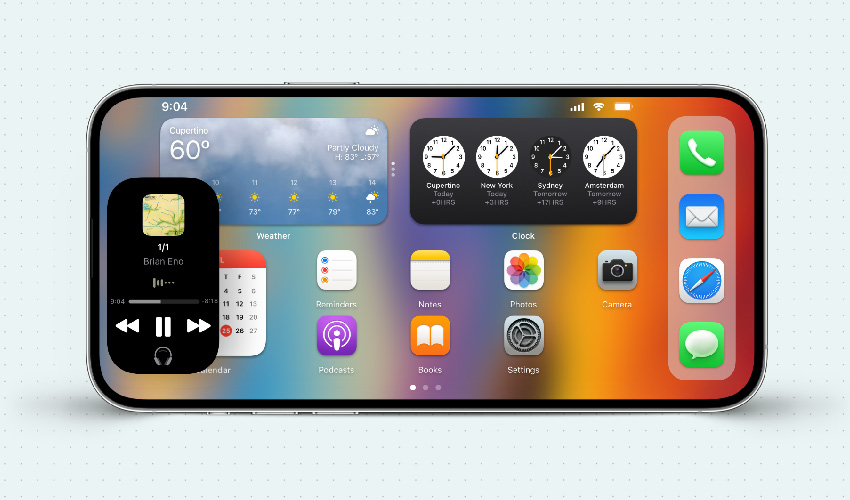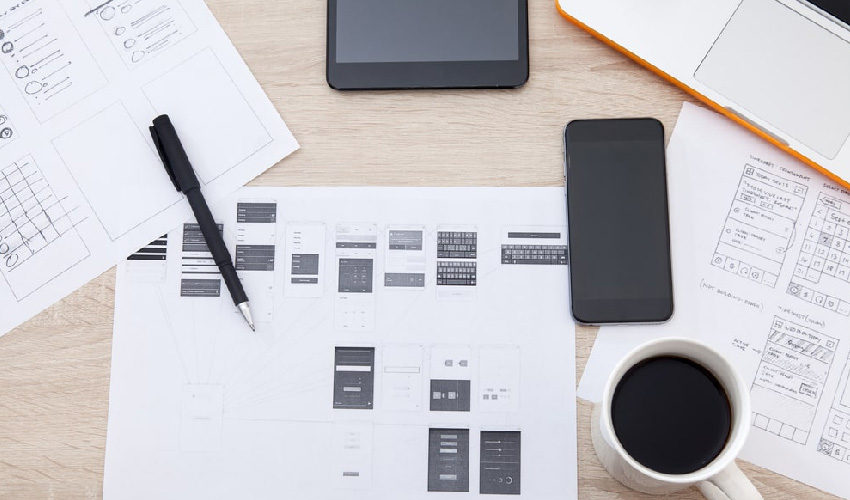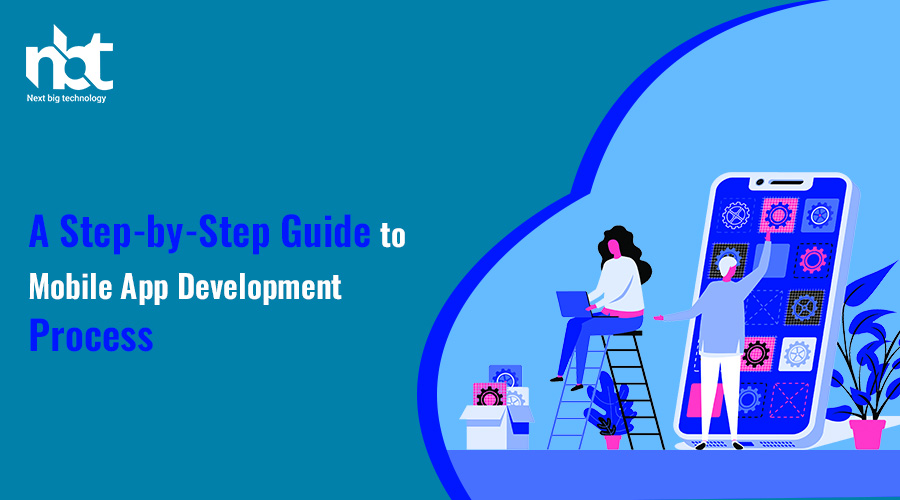Table of Contents
Introduction
Mobile applications have become an integral part of our lives, providing convenience, entertainment, and valuable services. If you’re interested in creating your own mobile app, you’re in the right place. In this step-by-step guide, we’ll take you through the mobile app development process, from concept to launch.
Understanding the Mobile App Landscape

Before diving into the development process, it’s crucial to understand the mobile app landscape. Mobile apps vary in complexity, purpose, and target audience. There are three main types of apps:
1. Native Apps
Native apps are designed for a specific operating system (OS), such as iOS or Android. They offer the best performance and user experience but require separate development for each platform.
2. Web Apps
Web apps are accessible through a web browser. They are easier to develop but may not provide the same user experience as native apps.
3. Hybrid Apps
Hybrid apps combine elements of both native and web apps. They are cost-effective and offer a degree of cross-platform compatibility.
Pre-development Planning
Before you start coding, thorough planning is essential.

1. Define Your App’s Purpose and Target Audience (H2)
Determine the problem your app will solve and who your target users are. This will guide all your decisions throughout the development process.
2. Market Research
Study your competition and identify trends in the app market. This research will help you refine your app’s concept.
3. Create a Wireframe
Develop a basic visual representation of your app’s layout and functionality. This serves as a blueprint for your app’s design.
Development Phase
Now, let’s dive into the heart of mobile app development.
1. Choose the Right Development Tools
Select the appropriate development tools and technologies based on your app’s requirements. For native app development, you might choose Swift or Java for iOS and Android, respectively.
2. Coding and Development
Write the code for your app, following best practices and design guidelines. This is where your app takes shape.
3. Testing and Quality Assurance
Rigorously test your app to identify and fix bugs and ensure it functions smoothly. User feedback is invaluable at this stage.
Design and User Experience
A user-friendly and visually appealing app is more likely to succeed.

1. UI/UX Design
Create an intuitive and engaging user interface (UI) to enhance the user experience (UX). Pay attention to visuals, navigation, and user interactions.
2. Prototype and Mockup
Develop a prototype or mockup to visualize the app’s appearance and flow. It helps in making design refinements.
Deployment and Launch
The time has come to introduce your app to the world.
1. App Store Submission
If you’re developing a native app, submit it to app stores like Apple App Store and Google Play. Follow their guidelines to ensure approval.
2. Marketing and Promotion
Create a marketing strategy to build anticipation and awareness about your app. Utilize social media, email marketing, and other channels.
Post-Launch
Your app is live, but the journey doesn’t end here.

1. Monitor and Gather Feedback
Continuously monitor your app’s performance and gather user feedback. Use this information for updates and improvements.
2. Regular Updates
Keep your app fresh by releasing regular updates. Address bugs, add new features, and stay ahead of changing technology.
Conclusion
Developing a mobile app is an exciting journey that involves careful planning, creative design, and precise execution. By following this step-by-step guide, you can turn your app idea into a reality.
Thanks for reading our post “A Step-by-Step Guide to Mobile App Development Process”. Please connect with us to know more about The Future of Mobile App Development.










